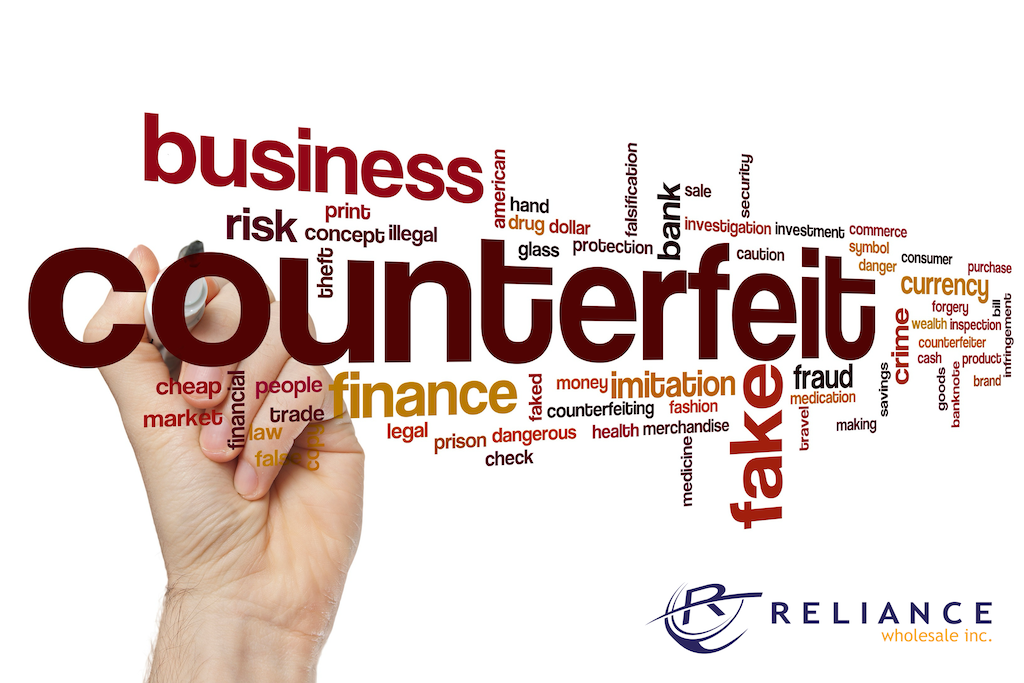
Counterfeit medication poses a grave threat to public health, undermining trust in healthcare systems and jeopardizing the well-being of millions worldwide. In the relentless pursuit of profit, criminal organizations exploit vulnerabilities in the pharmaceutical supply chain, flooding markets with fake and substandard medications. The fight against counterfeit medicines is an ongoing struggle, requiring concerted efforts from governments, pharmaceutical companies, healthcare professionals, and consumers alike. In this article, we delve into the multifaceted nature of the counterfeit medicine problem and explore the innovative strategies employed to combat this global scourge.
Counterfeit medicines encompass a broad range of products, including fake versions of branded pharmaceuticals, substandard generics, and unauthorized replicas of over-the-counter medications. These illicit drugs often contain incorrect ingredients, improper dosages, or dangerous contaminants, posing significant risks to patient safety. According to the World Health Organization (WHO), counterfeit medicines are estimated to account for up to 10% of the global pharmaceutical market, with higher prevalence in low-income and middle-income countries.
The proliferation of counterfeit medicines has far-reaching consequences for public health, with potentially lethal implications. Patients who unknowingly consume counterfeit drugs may experience treatment failure, adverse reactions, or even death. Furthermore, the prevalence of counterfeit medications contributes to antimicrobial resistance, exacerbating the global health crisis of drug-resistant infections. Beyond the immediate health risks, counterfeit medicines undermine confidence in healthcare systems, erode trust in pharmaceutical products, and hinder efforts to control disease outbreaks.
Addressing the complex challenge of counterfeit medicines requires a multifaceted approach, combining regulatory measures, technological solutions, and international cooperation. Key strategies in the fight against counterfeit medicines include:
1. Regulatory Oversight and Enforcement
Governments and regulatory agencies play a crucial role in combating counterfeit medicines through stringent oversight and enforcement measures. Enhanced regulatory frameworks, including track-and-trace systems, serialization requirements, and authentication technologies, help to safeguard the integrity of the pharmaceutical supply chain and deter illicit activities.
2. Technological Solutions
3. Collaboration and Information Sharing
Collaboration among stakeholders is essential for effective counter-counterfeit efforts. International organizations, such as Interpol and the WHO, facilitate information sharing, intelligence gathering, and coordinated actions to disrupt counterfeit medicine networks. Collaboration between pharmaceutical companies, law enforcement agencies, and healthcare providers enhances detection and prosecution efforts while raising awareness among consumers.
4. Public Awareness and Education
The battle against counterfeit medicines is an ongoing struggle that requires vigilance, innovation, and collaboration on a global scale. While significant progress has been made in recent years, the proliferation of counterfeit drugs continues to pose a serious threat to public health and patient safety. By leveraging Reliance Wholesale’s regulatory measures, technological solutions, and public awareness efforts, we can strengthen our defenses against counterfeit medicines and safeguard the integrity of the pharmaceutical supply chain. Together, we can ensure that every patient has access to safe, effective, and quality-assured medications, free from the dangers of counterfeit drugs.


